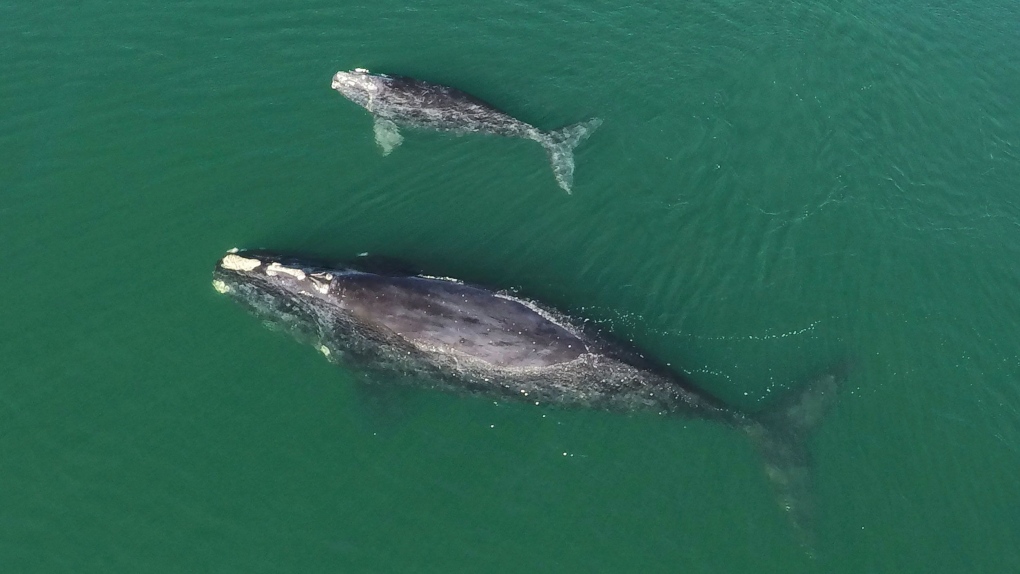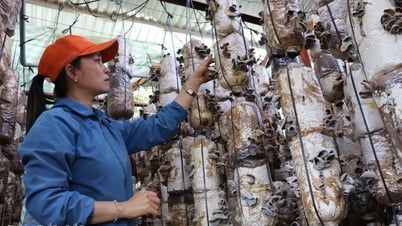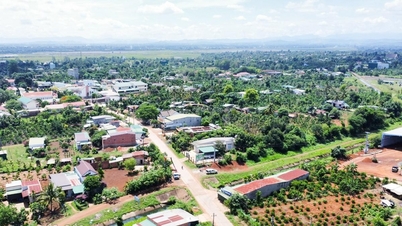11:31, 24/05/2023
The rate at which wildlife is disappearing globally is more alarming than previously thought, with nearly half of the planet's species in rapid decline.
Humans have wiped out a large number of species and pushed many others to the brink of extinction, leading some scientists to believe we are entering a “sixth mass extinction,” this time caused by humans, according to a study published in the journal Biological Reviews on May 22.
The main cause of this is the destruction of wildlife habitats to build farms, towns, cities and roads. But climate change is also a major cause of species decline and is predicted to get worse as the world warms.
The study's authors analyzed more than 70,000 species globally – including mammals, birds, reptiles, amphibians, fish and insects – to find out whether their populations were growing, shrinking or remaining stable over time.
They found that 48% of these species were declining in numbers, with less than 3% increasing.
Co-author Daniel Pincheira-Donoso, a researcher in the School of Biological Sciences at Queen's University Belfast, said their findings serve as a stark warning.
 |
| Mother and baby whales in the North Atlantic. Photo: AP |
“Other studies, based on significantly smaller numbers of species, have shown that the ongoing ‘extinction crisis’ is more severe than is generally appreciated,” he told CNN. “Our findings provide a clear global confirmation of the extent of biodiversity loss.”
For decades, the extinction crisis has been defined by the “conservation categories” that the International Union for Conservation of Nature (IUCN) assigns to each species it assesses at a given point in time, Mr Pincheira-Donoso said.
Based on that method, the IUCN Red List of Threatened Species ranks about 28% of species as threatened with extinction.
Pincheira-Donoso said his and his colleagues’ study was not designed to show whether species were endangered, but rather whether their population sizes were getting smaller. A trend of population decline over time is a precursor to extinction.
According to this assessment, 33% of species currently classified as “not threatened” on the IUCN Red List are actually declining towards extinction.
The report found that mammals, birds and insects are all seeing species decline, but overall, amphibians have been particularly hard hit and are facing a myriad of threats, including disease and climate change.
Geographically, the declines tend to be concentrated in the tropics, the report found. One reason for that is that animals in tropical regions are more sensitive to rapid changes in their environmental temperatures.
Brendan Godley, professor of conservation science at the University of Exeter, who was not involved in the research, said the findings provided new insights into population trends.
“This is an incredibly impactful study, spanning the globe and all groups of vertebrates and insects,” said Godley.
By carefully combining population trajectories, it highlights the extent of pressure on wildlife from human influence and how this plays out globally and between animal groups, he says.
There have been positive examples of animals being brought back from the brink of extinction, such as large whales and sea turtles, he added.
But Brendan Godley believes we should all be very worried about these figures. Because without thriving populations, species, habitats and ecosystems, we cannot survive.
According to VNA/Tintuc
Source link




























































































Comment (0)